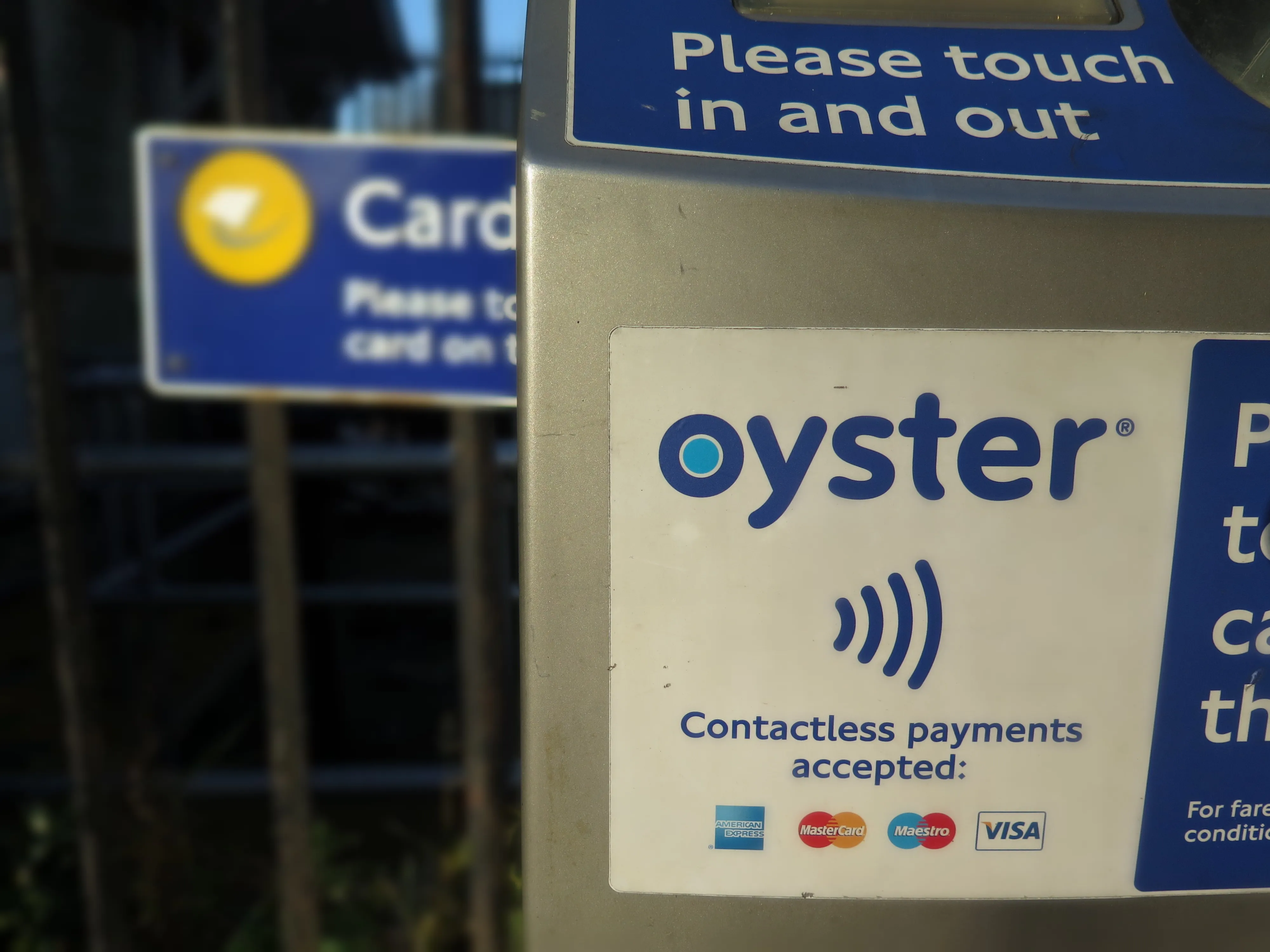
Hillsborough County in Florida will adopt Causeway One.network’s Traffic Management, Plan Share and Live Link modules to address work zone permitting, right-of-way management and safety.
Causeway said the agreement with the county opens the door for statewide right-of-way coordination with Florida Department of Transportation, following a successful pilot and subsequent long-term agreement. It also ties into regional right-of-way management with the Tampa Hillsborough Expressway Authority, which began using Causeway One.network’s system nearly a year ago.
With a population approaching 1.5 million, Hillsborough - in the Tampa Bay area - is Florida’s fourth most populous county. “We are already working with so many agencies in the state including Florida DoT, the Central Florida Expressway Authority, Tampa Hillsborough Expressway Authority and Florida’s Turnpike Enterprise,” said Simon Topp, Causeway One.network’s chief commercial officer. “This is a natural extension of our commitment to the residents and visitors in the Sunshine State.”
Causeway One.network’s Traffic Management module allows county employees to create and communicate road closures, workzones, detour routes, bus lane suspensions and other interventions associated with planned and unplanned events in near real-time.
Plan Share enables external teams including contractors to apply for right-of-way and workzone closure permits. Agencies review and approve the plans, with awareness of the impact on drivers in a simple map-based solution.
Live Link allows authorised workers to update the major navigation providers on their location, any lane closures, reduced speed limits and whether a workzone is active. All is done with a few clicks on a mobile application.
In addition to the three modules, the new agreement will give the county access to Causeway One.network’s cloud-based Software as a Service (SaaS) platform, using Open Street Maps for an intuitive user experience. It serves as an operational tool for traffic operations teams and provides a public-facing, embeddable website where the public, agency partners and neighbouring agencies can visualise workzones and traffic interventions and register for email alerts of upcoming road construction projects.
Causeway One.network also syndicates all event data to the major navigation providers including Google, Waze, TomTom and navigation-specific companies including Drivewyze to reach commercial trucking drivers.
As part of the agreement and in alignment with Causeway One.network’s other Florida agreements, the company will provide training to assure all staff are aware of the software’s capability and can operate the modules to their full capacity.









